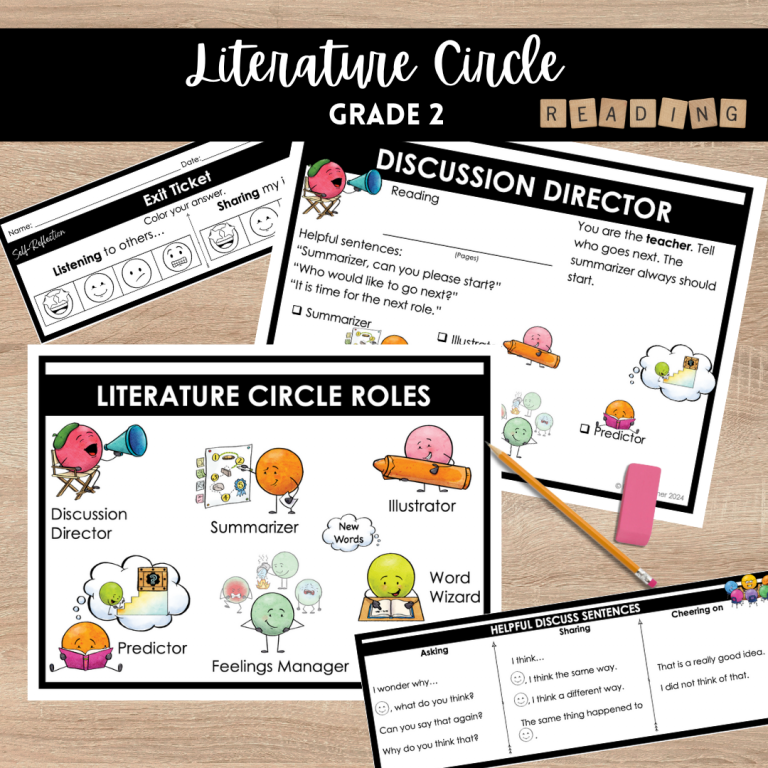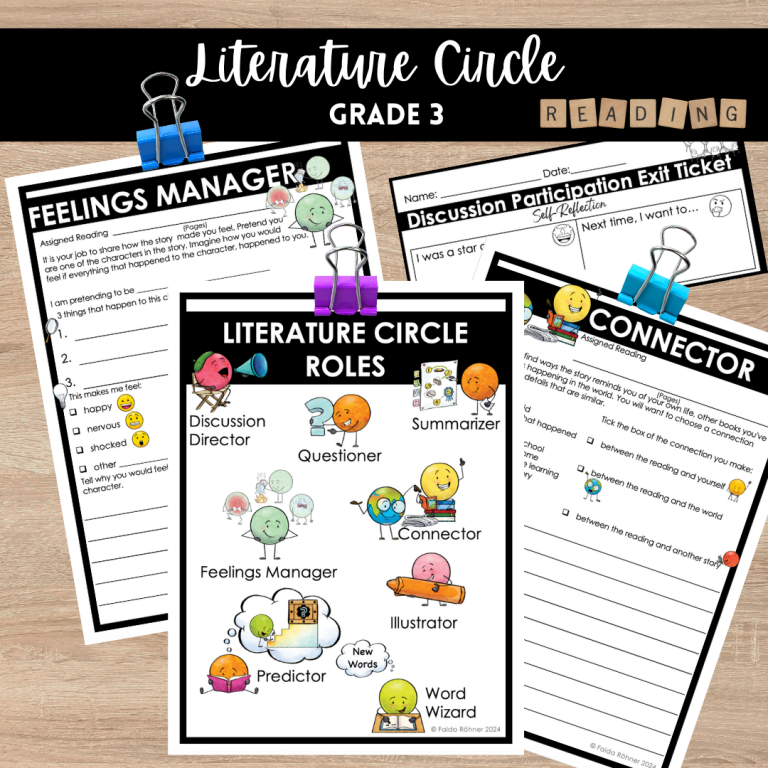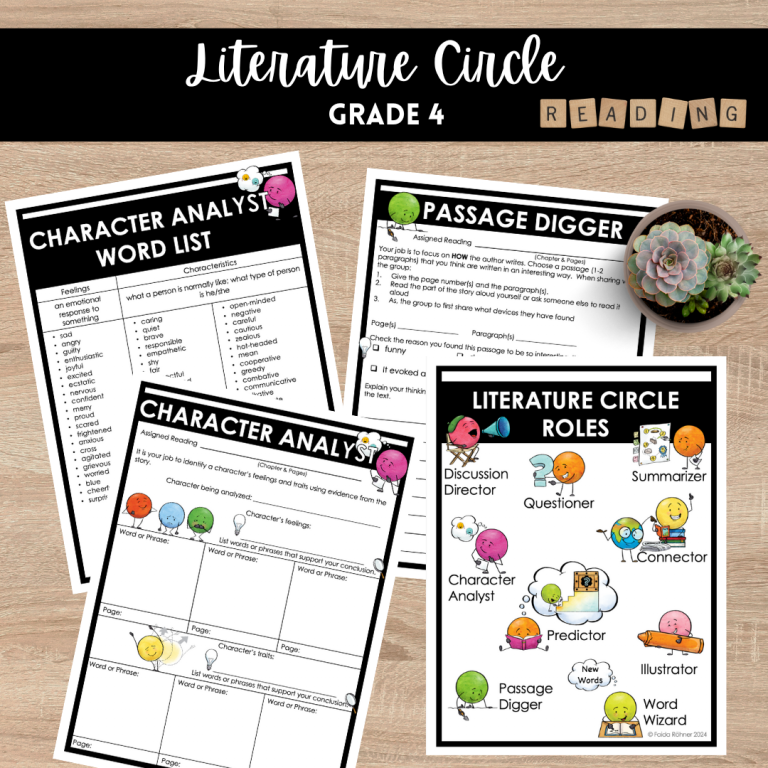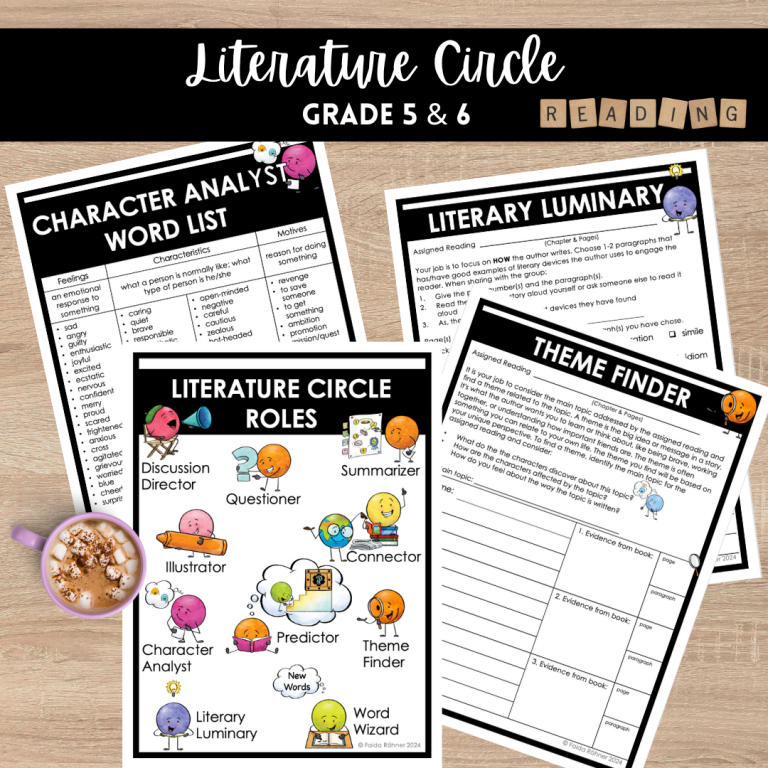Let’s be real—teaching can feel like juggling flaming swords while riding a unicycle on a tightrope. Add in curriculum standards, student needs, and the eternal mystery of where all your pencils went, and it’s a lot. That’s why I believe that when we connect learning to the real world, everything just clicks better—for students and for us. Suddenly, decimals matter (hello, paycheck math), ecosystems are worth saving, and persuasive writing has a purpose beyond “Why recess should be longer.”
Here are 10 of my favorite, teacher-tested ways to bring the real world into your classroom.
1. Start with the End in Mind
Before diving headfirst into the glitter glue, take a step back. Ask yourself: What knowledge, skills, and concepts do I actually want my students to walk away with? This is the compass for your learning journey. Once you know your goal, it’s way easier to figure out how the real world fits in—whether you’re teaching fractions or photosynthesis. And don’t forget: “real world” doesn’t mean boring. It means relevant. Start with the standards (academic, social, or emotional!) and build from there. Your future you will thank you.
2. Use a Provocation to Spark Curiosity
Ever started a lesson and seen the blank stares of kids who clearly have no idea what you’re talking about? Been there. Start with a provocation! These are little sparks that get students thinking before the heavy learning begins. A short silent film, a photo, an object, or even a classroom demo (mystery goo, anyone?) can work wonders. ELLs especially benefit from non-verbal provocations—they’re in it without needing to decode complicated language first. Think of it as setting the stage for a really good Netflix series: give them the trailer before the whole show.
3. Try the GRASPS Model (With a Twist)
If you haven’t used the GRASPS model before, get ready to have your planning life changed. It’s a framework that helps you design engaging, real-world learning experiences with a purpose. You’re not just assigning a project—you’re inviting students into a challenge that matters. Here’s what GRASPS stands for:
- G – Goal: What do you want students to accomplish?
- R – Role: Who are they in this scenario?
- A – Audience: Who will they be presenting or communicating to?
- S – Scenario: What’s the real-world situation or problem?
- P – Product/Performance: What will they create or do?
- S – Standards for Success: What criteria will show they’ve met the goal?
That’s the “official” order. But honestly? I like to mix it up. I always start with the standards (academic, social-emotional, or physical)—that’s what keeps me grounded in the “why” of what we’re doing. For example, during our energy unit, I turned my classroom into a top-secret lab (blackout paper, dramatic lighting—very official). Students became time-traveling scientists tasked with saving Earth’s energy future. The mission? Create a proposal plan for world leaders. The result? Curriculum was met and students felt like they were saving the planet. Mission accomplished!
Want help planning a GRASPS unit? Check out my blog post and grab the freebie here!
4. Call in the Experts
You probably know someone who knows someone. Or your students do. Or their parents do. Think like a talent scout! Whether it’s a parent who’s a scientist, a friend in marketing, or your partner who just happens to be a business consultant (true story), these experts can bring real-world depth to your lessons. You don’t have to know everything about everything…but working with someone who is an expert in a field related to what you are teaching is a HUGE asset. I absolutely love collaborating because it makes my learning experiences even that more authentic.
Want to do this in your classroom? Check out my blog post on using experts in your classroom and grab the freebie on how to connect with families and your community. Read it here!
5. Invite Guest Speakers
Let’s build on Point 4 for a second. Guest speakers are amazing because they break the routine and let your students hear from someone other than you. Let’s be real—no matter how dynamic you are (and you are!), kids tune in differently when a “real” expert walks through the door. It validates everything you’ve been saying, but coming from someone with a fancy job title or cool story to tell? That’s gold.
Let me tell you about the time I had to teach a unit called “Market Forces.” The general idea was to help students understand supply and demand, goods and services, and basic economic principles. In the past, kids made products and sold them at school—fun, yes—but I wanted something deeper. The problem? I had no clue where to begin.
Enter: my then-boyfriend, now-husband, who just so happened to be a business consultant. I sat him down, grilled him with questions, and ended up building the unit around a simplified version of a real business plan he used with clients. Then I roped him in to be our classroom business consultant. He gave a short presentation and then met with each student group to give feedback. And let me tell you—those kids took it so seriously. It was like Shark Tank, minus the sharks (and the yelling).
The best part? Students saw the process behind business planning and got real-time feedback from someone who does this for a living. That’s the power of partnering with experts: it makes learning more authentic and helps students understand how what they’re learning is used beyond your classroom walls.
6. Field Trips (Yes, Even Local Ones)
Kids love a day out, but let’s make it count. Tie your field trip to the unit you’re teaching. Add a simple task—like a scavenger hunt—to keep students engaged and learning (and out of the gift shop for at least 5 minutes). If you can swing it, involve students in the planning of the trip. Have them create a field trip proposal and make them justify their reasoning based on the curriculum. You can use the same field trip proposal form your school requires teachers to complete or modify it to make your own. Nothing makes content more real than seeing it play out in their community—and realizing they helped make it happen.
7. Read the News Together
No, not the terrifying headline kind. I’m talking about age-appropriate articles that show students how what they’re learning connects to current events. You’d be amazed how much more interested they are in environmental science when they hear about endangered bees. For younger students, I love BBC Newsround. Use short articles or news clips to spark discussion, practice critical thinking, and sneak in a little media literacy too.
8. Use Literature (Yes, Picture Books Count!)
Never underestimate the power of a good story. Literature is one of my absolute favorite ways to bring the real world into the classroom because it humanizes abstract concepts and invites students into lived experiences. Whether it’s a beautifully illustrated picture book or a thought-provoking novel, stories are where content meets connection.
And let’s clear this up right now: picture books aren’t just for little kids. They’re a game-changer for visual learners, English language learners, and honestly, for sparking joy in older students too. I read aloud to my students every day—even the oldest ones. After lunch is my go-to time because it’s the perfect way to transition back into learning mode with something engaging and low-stress.
But where literature really shines in my classroom is through literature circles.
I have used literature circles every year— even as early as grade 2—and I absolutely love how they naturally integrate reading, discussion, critical thinking, and real-world connections. And yes—this sounds great, but it took years of trial and error to get it right. That’s why I’ve created literature circle packets that are differentiated for Grades 2 through 6.
These literature circle packets work with any book, so they work well for picture books for young readers and novels for older students. You can download my literature circle freebie on Teachers Pay Teachers, which includes the Feelings Manager role from my grade 2 packet and Character Analysis role from my grade 5 & 6 packet. In this resource, you can see how these similar roles build on top of each other. The roles are further differentiated for the grade 3 and grade 4 packets.
Double bonus! You’re integrating content and literacy at the same time—without it feeling like a chore for anyone.
9. Involve Students in the Planning
Why do all the work yourself when you have 20+ imaginative little brains in the room? Share the real-world connection and ask them what they think would be important to know. Let them brainstorm ways to explore it. Have them interview someone. Research. Even ask their parents. Often, they’ll come up with the exact thing you were going to do anyway—but they’ll be 10x more excited because it was their idea. Or they might blow you away with something even better.
10. Wrap It Up with Real-World Exit Tickets
Before your students race off to break, their next class or go home at the end of the day, give them one final task: apply what they learned to the real world. I love quick exit tickets where students either write or draw a real-world application. Not only does it help them reflect and make connections, but it gives me insight into their learning (and language development, especially for ELLs). It’s fast, effective, and doubles as documentation. Pro tip: draw now, add words later with teacher support = language growth and deeper thinking.
Wrap-Up
Bringing the real world into the classroom doesn’t mean you need to book a plane ticket or change careers. With a little creativity, some collaboration, and a few sneaky standards hidden in engaging tasks, you can make learning relevant, meaningful, and fun. Because at the end of the day, we are all trying our best to prepare real students for the real world…and real teachers deserve tools that make that possible.





